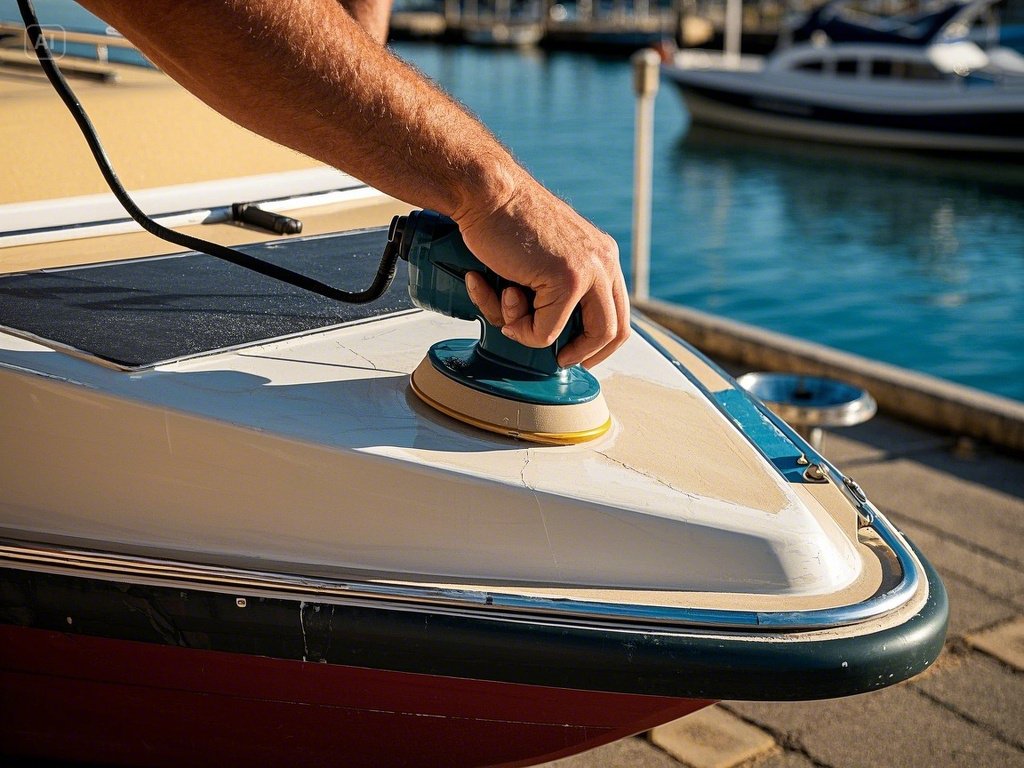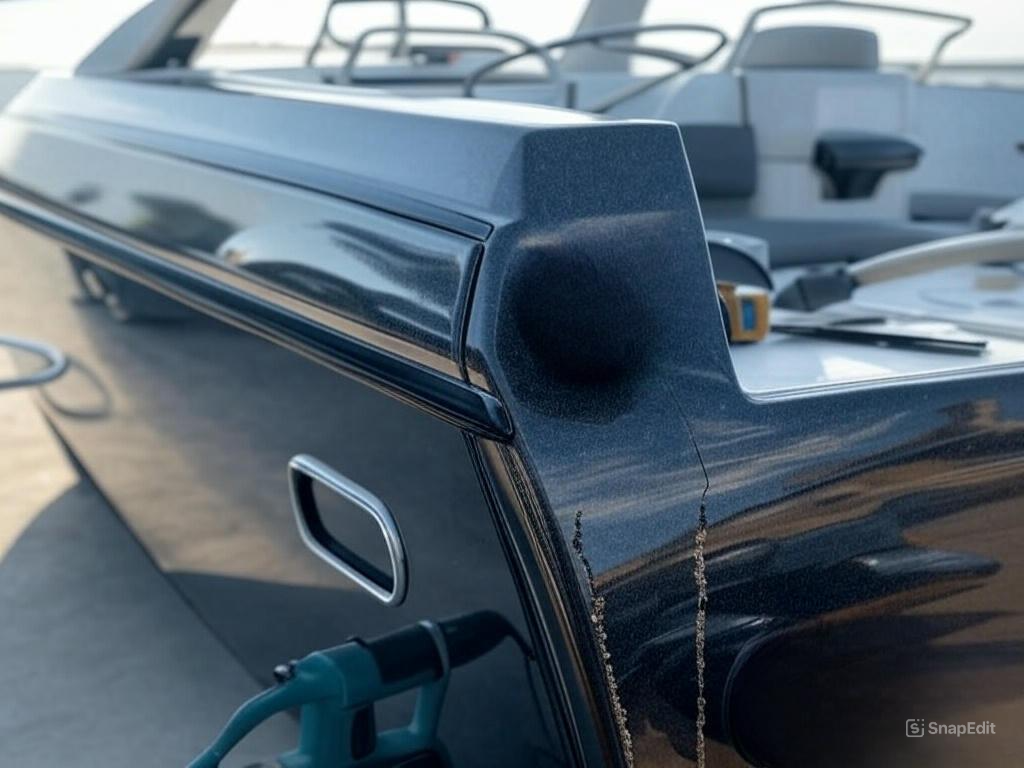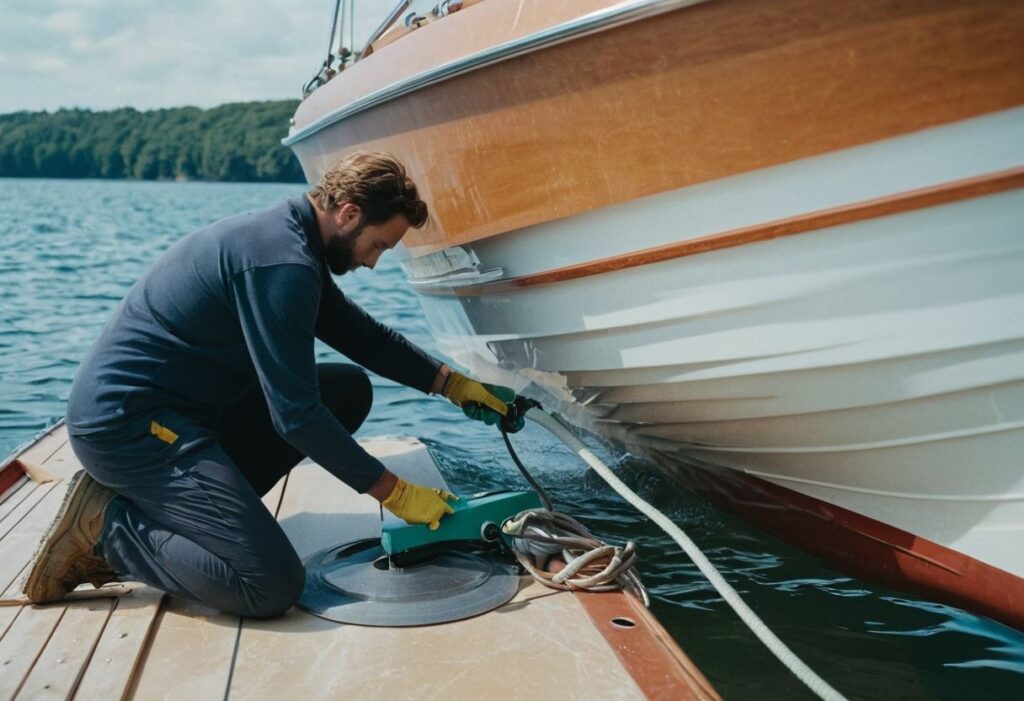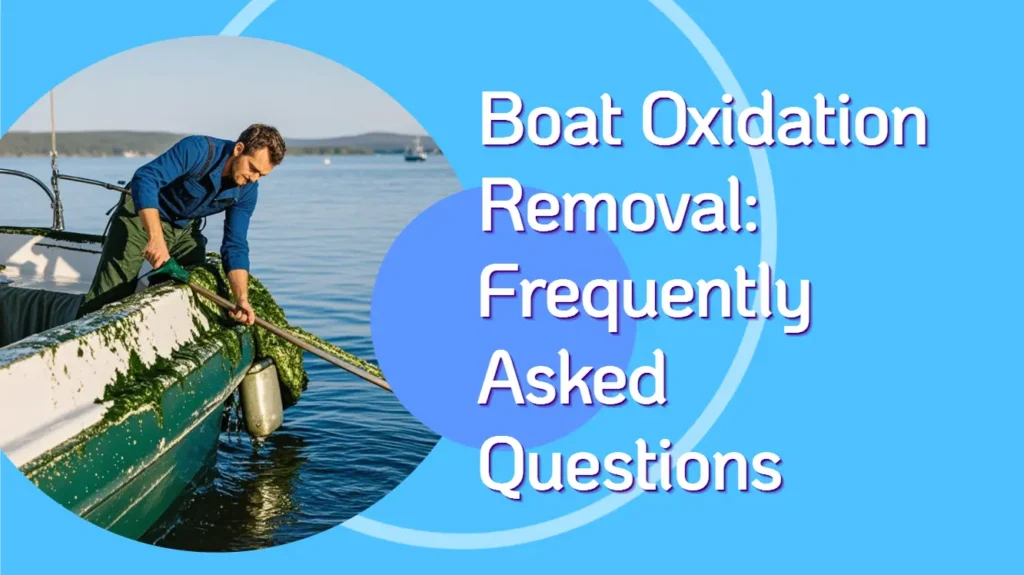Owning a boat is a thrilling privilege, granting you the freedom to explore waterways at your leisure. However, hull damage—whether from a collision, weathering, or wear and tear—can quickly turn that joy into frustration. Fortunately, boat hull repair is a skill you can master with the right approach, tools, and materials, or you can entrust it to professionals when the job demands expertise. This comprehensive guide dives deep into every aspect of repairing your boat’s hull, from identifying damage to selecting repair methods and maintaining the results. Whether you’re a first-time boat owner, a seasoned captain working on a project boat, or someone managing a polyester boat, this article provides actionable insights to restore your vessel to its former glory. For expert assistance, connect with top services at YachtService.vip.
Why Boat Hull Repair Matters
The hull is your boat’s backbone, ensuring it stays afloat and performs reliably. Damage like scratches, gouges, or cracks compromises its integrity, allowing trapped water to seep in, weakening the structure and accelerating deterioration. Hull repairs are essential not just for aesthetics but for safety and longevity. A well-maintained hull prevents costly overhauls and preserves your boat’s resale value. Neglecting even a minor repair can lead to broken fiberglass or deeper structural issues, especially in harsh marine environments. Regular boat maintenance, including timely hull repairs, keeps your vessel seaworthy and visually appealing. To understand the financial side of upkeep, explore Fiberglass Boat Maintenance: Upkeep and Refinishing Uncovered.
Understanding Boat Hull Damage
Boat hulls endure constant stress from waves, impacts, and environmental factors. Common damages include surface scratches, deep gouges, stress cracks, or holes, particularly in fiberglass boat repairs. For instance, a boat hull made of polyester or Kevlar might show wear differently than an aluminum one. Assessing the damage is the first critical step in boat hull repair: superficial scratches may only need cosmetic fixes, while structural breaches require a secondary bond with reinforcing materials. Factors like the boat’s age, usage (e.g., frequent towing from a boat from trailer), and exposure to saltwater influence the repair approach. Knowing the extent and type of damage helps you decide whether it’s a DIY job or one for a boat repair shop.

Materials for Boat Hull Repair
The right materials are the foundation of a successful repair. Here’s what you’ll need:
Fiberglass and Resins
Fiberglass repair starts with fiberglass cloth or glass cloth, paired with epoxy resin, polyester resin, or vinylester resin. Epoxy resin forms a strong chemical bond and is ideal for structural fixes, while polyester resin suits budget-friendly repairs on a polyester boat. Vinylester resin offers a middle ground with enhanced durability.
Gelcoat
A layer of gel coat or white gel coat seals the repair, protecting the hull from water and UV damage while restoring its appearance. A gelcoat repair kit is perfect for small-scale fiberglass boat repairs, providing a finishing layer that blends seamlessly with the original surface.
Fillers and Cloth
For deeper damage, epoxy filler or Marine Tex fills gouges, adding structural strength. Use layers of mat or a piece of mat (like 6-ounce cloth) to reinforce larger repairs, ensuring the hull regains its robustness.
For more on fiberglass techniques, see Cracked Gelcoat on Boat: Mastering Fiberglass Vessel Care.
Tools Required for Boat Hull Repair
To tackle boat hull repair, equip yourself with:
- Sandpaper (80-grit for roughing, 400-grit for wet-sanding, 1200-grit for polishing).
- Fiberglass cloth and resin applicators (brushes or rollers).
- Gaffers tape or masking tape to shape repairs.
- Putty knife for spreading filler.
- Orbital sander or hand sanding block for a smooth finishing layer.
- Safety gear (gloves, mask) to handle resins safely.
Having these tools ready streamlines the process and ensures professional-quality results.
How to Repair a Fiberglass Boat Hull
Follow this detailed process for effective boat hull repair:
- Cut Away the Damage: Use a grinder or Dremel to remove loose or broken fiberglass, creating a clean work area.
- Grind the Surface: Sand with 80-grit sandpaper to rough up the outer surface, ensuring good adhesion for new materials.
- Apply Layers: Lay down fiberglass cloth and layers of mat, saturating them with polyester resin or epoxy resin for a secondary bond. Work quickly as resin sets fast.
- Fill Gaps: Apply epoxy filler to level the repair, smoothing it with a putty knife for structural strength.
- Finish with Gelcoat: Spread a layer of gel coat or white gel coat, then sand with 400-grit and 1200-grit sandpaper for a polished finishing layer.
For a step-by-step walkthrough, check Demystifying Fiberglass Boat Repair Services.

Working from Inside vs. Outside
Hull repairs can be approached from two angles:
- Inside: Best for preserving the exterior surface’s shape, especially above the waterline. Apply layers of mat from within, bonding to the inner hull for strength.
- Outside: Suited for visible repairs requiring a smooth finish. After reinforcing internally, add a layer of gel coat externally for aesthetics.
The choice depends on access and the damage’s location—inside repairs often suit larger boats like a 20-ft boat.
Fixing Light Scratches
For a minor repair like surface scratches, wet-sand with 400-grit sandpaper to remove imperfections, then apply a gelcoat repair kit. Buff with a polishing compound to restore shine. This quick fix is ideal for cosmetic damage on the boat hull, avoiding extensive work.
Filling Deep Gouges
Deeper damage demands a thorough approach:
- Sand the gouge with 80-grit sandpaper to clear debris and prep the surface.
- Fill with epoxy filler or Marine Tex, leveling it to match the hull’s contour.
- Reinforce with a piece of mat and vinylester resin for added durability.
- Top with white gel coat, sanding progressively to a smooth finish.
This method ensures both strength and a seamless look.
When to Call a Professional
DIY boat hull repair works for small fixes—scratches or shallow gouges—but larger issues, like holes in an ft boat or complex Kevlar damage, often require a pro. A boat repair shop brings precision, specialized tools, and experience, ensuring long-lasting results. For expert help, visit Boat Repair: A Comprehensive Guide to Costs and Services.
Cost Considerations for Boat Hull Repair
Repair costs depend on damage extent and approach:
- Minor repair: $50-$150 for DIY supplies like resin and fiberglass cloth.
- Major hull repairs: $500-$2000+ with professional labor, especially for an entire boat overhaul.
- Materials like epoxy resin and white gel coat add $20-$100 per job.
For a detailed cost breakdown, see Unraveling the Expenses: Fiberglass Boat Restoration.

Maintaining Your Repaired Hull
After boat hull repair, protect your work with:
- A coat of wax to shield against UV and water damage (see West Marine for products).
- Regular boat wash to remove salt and grime.
- Periodic inspections to catch new issues early.
This upkeep extends the life of your repairs and keeps your boat in top condition.
Conclusion: Master Boat Hull Repair with Confidence
Boat hull repair restores your vessel’s strength and beauty, whether it’s a quick fiberglass repair or a major overhaul. With the right materials—epoxy resin, fiberglass cloth, and gelcoat—and a solid plan, you can tackle most fixes yourself. For bigger jobs or professional precision, trust the experts at YachtService.vip to deliver top-tier boat repair services tailored to your needs.







